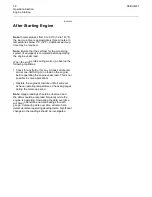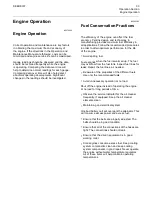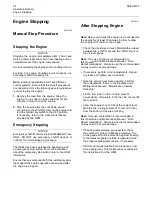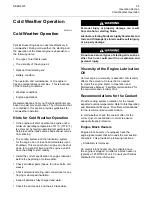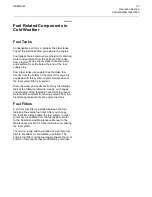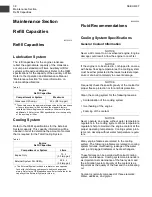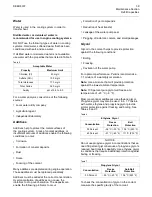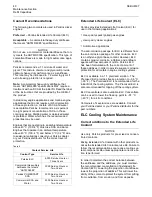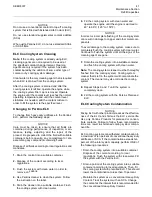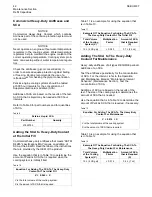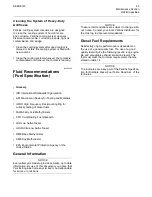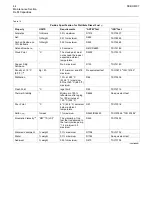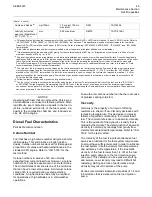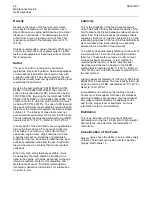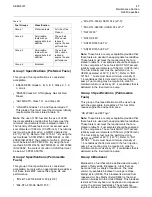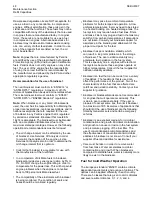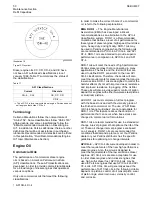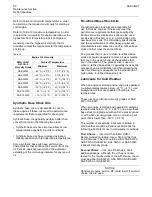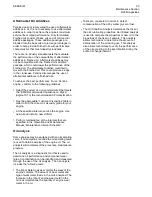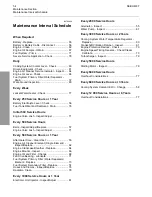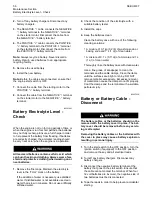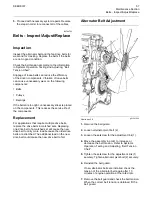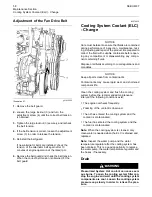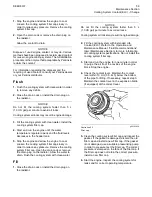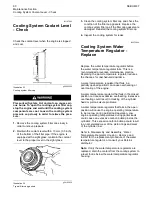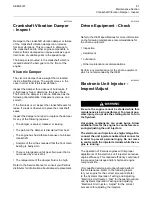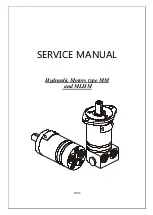
46
SEBU8337
Maintenance Section
Re
fi
ll Capacities
Density
Density is the mass of the fuel per unit volume
at a speci
fi
c temperature. This parameter has a
direct in
fl
uence on engine performance and a direct
in
fl
uence on emissions. This determines the heat
output from a given injected volume of fuel. This
is generally quoted in the following kg/m at 15 °C
(59 °F).
Perkins recommends a value of density of 841 kg/m
in order to obtain the correct power output. Lighter
fuels are acceptable but these fuels will not produce
the rated power.
Sulfur
The level of sulfur is governed by emissions
legislations. Regional regulation, national regulations
or international regulations can require a fuel with
a speci
fi
c sulfur limit. The sulfur content of the fuel
and the fuel quality must comply with all existing local
regulations for emissions.
By using the test methods “ASTM D5453, ASTM
D2622, or ISO 20846 ISO 20884”, the content of
sulfur in low sulfur diesel (LSD) fuel must be below
500 PPM 0.05%. By using the test methods “ASTM
D5453, ASTM D2622, or ISO 20846 ISO 20884”, the
content of sulfur in ultra low sulfur (ULSD) fuel must
be below 15 PPM 0.0015%. The use of LSD fuel and
the use of ULSD fuel are acceptable provided that the
fuels meet the minimum requirements that are stated
in table 14. The lubricity of these fuels must not
exceed wear scar diameter of 0.52 mm (0.0205 inch).
The fuel lubricity test must be performed on a HFRR,
operated at 60 °C (140 °F). Refer to “ISO 12156-1 ”.
In some parts of the world and for some applications,
high sulfur fuels above 0.5% by mass might only
be available. Fuel with very high sulfur content
can cause engine wear. High sulfur fuel will have
a negative impact on emissions of particulates.
High sulfur fuel can be used provided that the local
emissions legislation will allow the use. High sulfur
fuel can be used in countries that do not regulate
emissions.
When only high sulfur fuels are available, it will
be necessary that high alkaline lubricating oil is
used in the engine or that the lubricating oil change
interval is reduced. Refer to this Operation and
Maintenance Manual, “Fliud Recommendations
(Genernal Lubrication Information)” for information
on sulfur in fuel.
Lubricity
This is the capability of the fuel to prevent pump
wear. The
fl
uid’s lubricity describes the ability of the
fl
uid to reduce the friction between surfaces that are
under load. This ability reduces the damage that is
caused by friction. Fuel injection systems rely on the
lubricating properties of the fuel. Until fuel sulfur limits
were mandated, the fuel’s lubricity was generally
believed to be a function of fuel viscosity.
The lubricity has particular signi
fi
cance to the current
low viscosity fuel, low sulfur fuel and low aromatic
fossil fuel. These fuels are made in order to meet
stringent exhaust emissions. A test method for
measuring the lubricity of diesel fuels has been
developed and the test is based on the HFRR
method that is operated at 60 °C (140 °F). Refer to
“ISO 12156 part 1 and CEC document F06-A-96” for
the test method.
Lubricity wear scar diameter of 0.52 mm (0.0205 inch)
MUST NOT be exceeded. The fuel lubricity test must
be performed on a HFRR, operated at 60 °C (140 °F).
Refer to “ISO 12156-1 ”.
Fuel additives can enhance the lubricity of a fuel.
Contact your fuel supplier for those circumstances
when fuel additives are required. Your fuel supplier
can make recommendations for additives to use
and for the proper level of treatment. For more
information, refer to “Fuel Additive”.
Distillation
This is an indication of the mixture of different
hydrocarbons in the fuel. A high ratio of light weight
hydrocarbons can affect the characteristics of
combustion.
Classi
fi
cation of the Fuels
Diesel engines have the ability to burn a wide variety
of fuels. These fuels are divided into four general
groups: Ref to table 15

